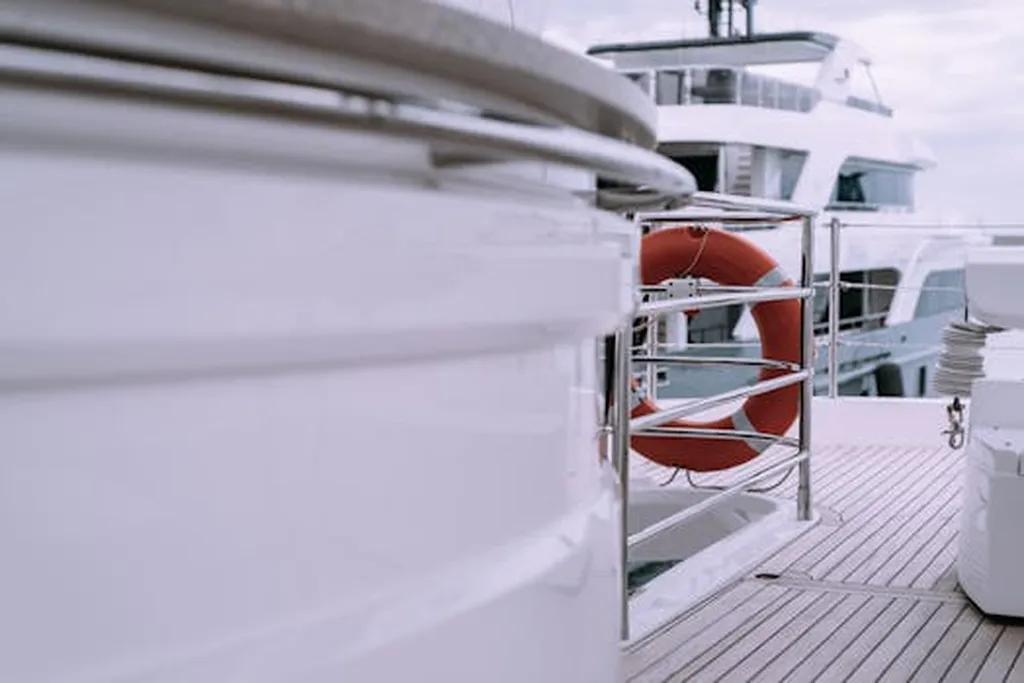In a bid to understand the safety implications of liquefied natural gas (LNG) as a fuel for cruise ships, a recent study published in the Journal of Marine Science and Engineering (Zbornik za pomorstvo in transport) has shed light on the unique risks and safety measures associated with this relatively new application. Led by Elvis Čapalija from the Faculty of Maritime Studies and Transport at the University of Ljubljana, the research provides a comprehensive framework for assessing the safety of LNG-fuelled cruise ships, which are becoming increasingly common in the maritime industry.
The study, which employs the Formal Safety Assessment (FSA) framework prescribed by the International Maritime Organization (IMO), highlights the distinct operational characteristics of cruise ships that differentiate them from conventional cargo ships. With the number of LNG-fuelled cruise ships expected to reach 24 by the end of 2024, each carrying thousands of passengers and making frequent port calls, the potential risks are amplified. “Given the limited operational data on LNG-fuelled cruise ships, event trees are developed on the basis of LNG tanker incidents, adjusted to reflect passenger-related risks and cruise-specific operating conditions,” Čapalija explains.
The research delves into various aspects of safety, including hazard identification, risk analysis, evaluation of risk control options, and cost-benefit analysis. It also provides recommendations for decision-making, ensuring that the safety assessments are thorough and well-rounded. The study draws on a statistical overview of marine casualties involving cruise ships and LNG carriers over the past 35 years, providing a robust basis for the analysis.
One of the key findings of the study is the importance of event tree modelling in identifying critical accident escalation pathways, particularly in scenarios involving passenger evacuation and port operations. These areas are often under-researched in current practice, and the study’s findings contribute significantly to the wider debate on alternative fuels. “Recent work also confirms that event tree modelling identifies critical accident escalation pathways, particularly in scenarios involving passenger evacuation and port operations, which are under-researched in current practice,” Čapalija notes.
The commercial impacts of this research are substantial. As the maritime industry continues to explore alternative fuels to reduce emissions and meet regulatory requirements, understanding the safety implications of LNG is crucial. The study provides valuable insights for ship operators, regulators, and industry stakeholders, supporting evidence-based decision-making. The findings can guide the development of safety protocols, regulatory frameworks, and risk management strategies, ensuring that the transition to LNG as a marine fuel is safe and sustainable.
Moreover, the research highlights opportunities for the maritime sector to invest in safety technologies and training programs tailored to LNG-fuelled cruise ships. This can enhance the industry’s preparedness and resilience, ultimately benefiting both operators and passengers. The study’s comprehensive framework for assessing LNG safety in the cruise sector combines existing safety data, regulatory standards, and probabilistic risk modelling, offering a holistic approach to safety assessment.
In conclusion, the study by Elvis Čapalija and his team provides a critical contribution to the understanding of LNG safety in the cruise sector. By addressing the unique risks and safety measures associated with LNG-fuelled cruise ships, the research supports the industry’s efforts to adopt alternative fuels while ensuring the highest standards of safety. The findings are particularly relevant for maritime professionals involved in ship design, bunker operations, emergency preparedness, and regulatory compliance, offering practical insights and recommendations for enhancing safety in the maritime sector.

